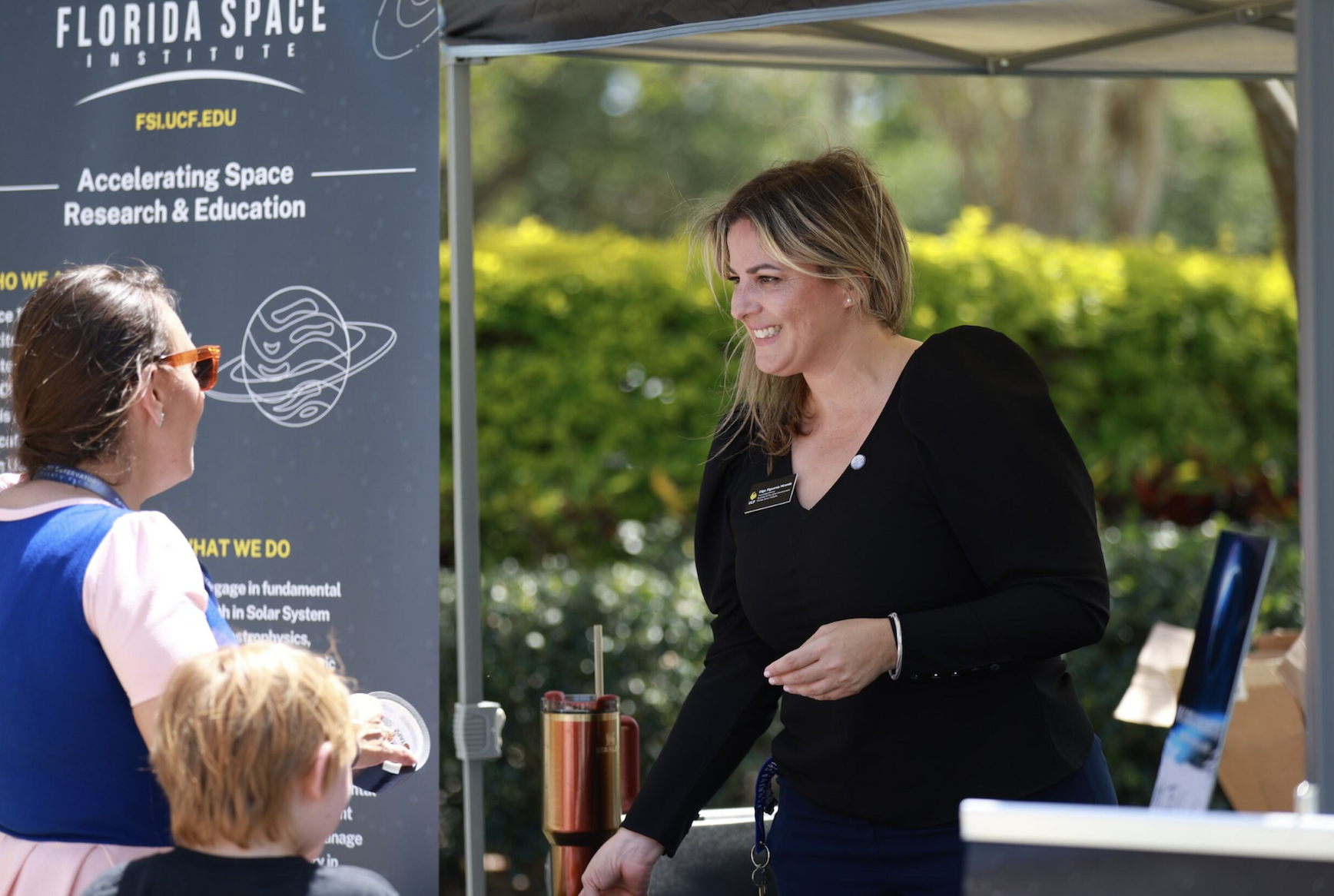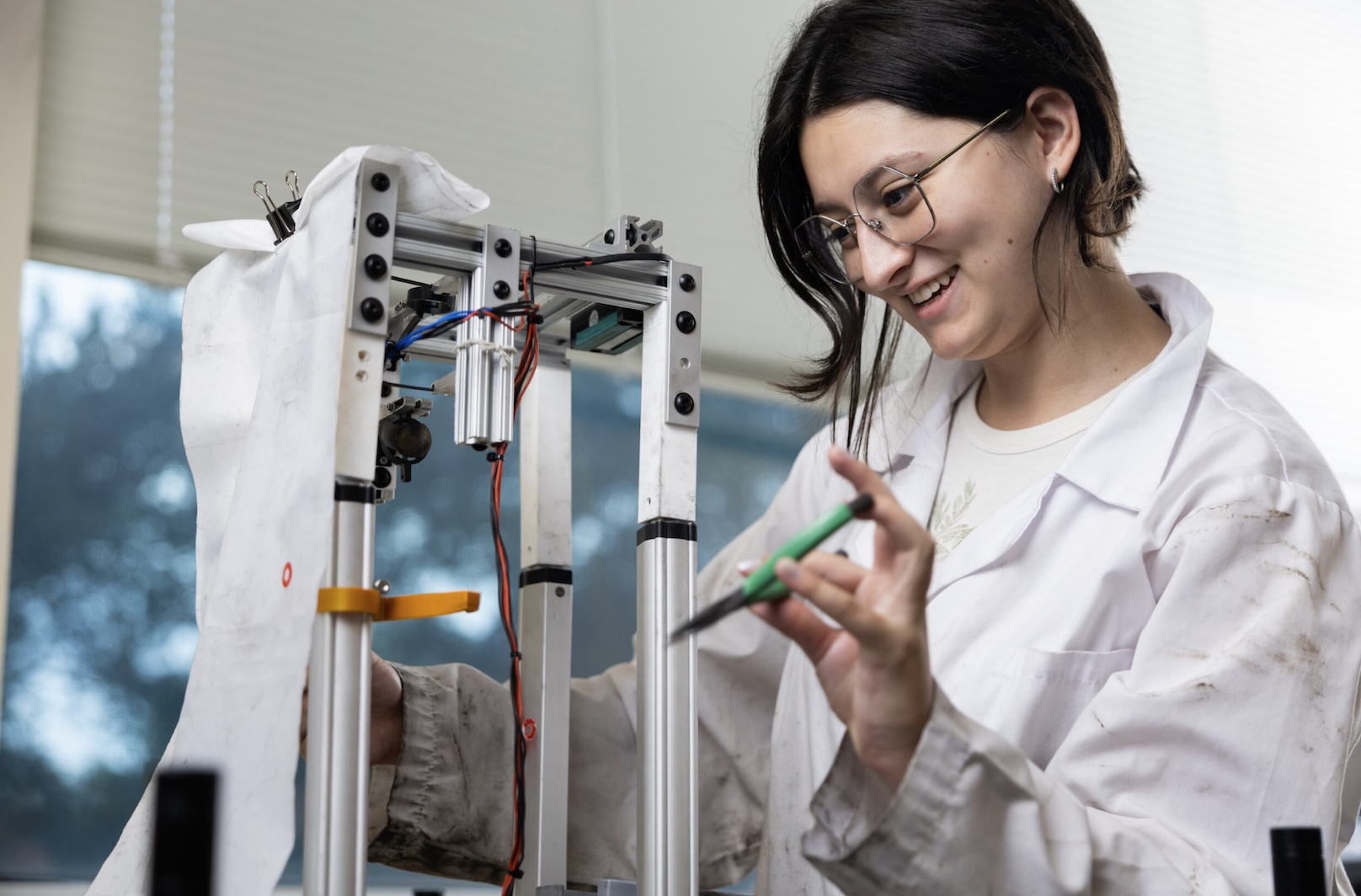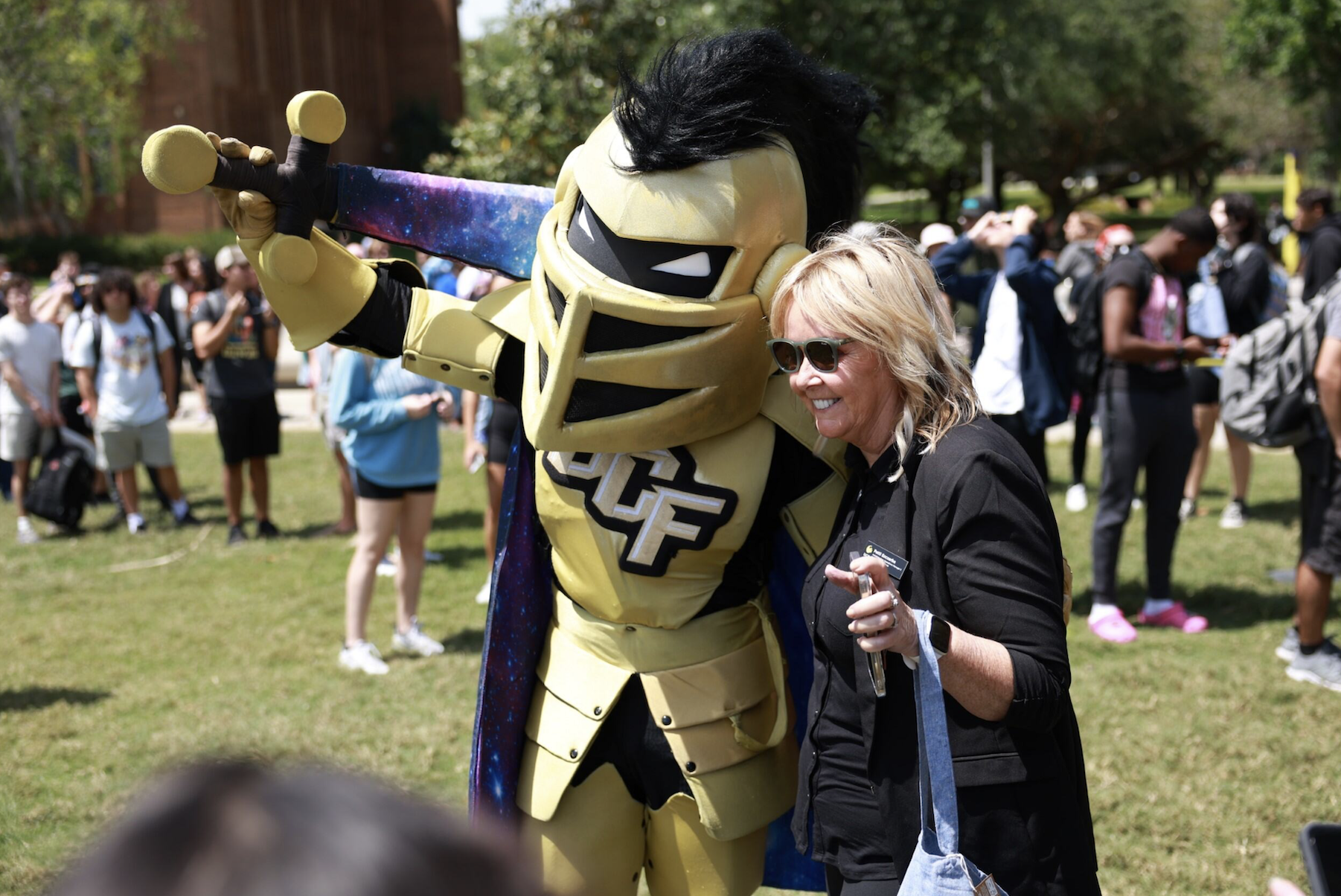MEET THE TEAM: ANISH DAMODARAN, PH.D.

PROFESSOR
AREA OF RESEARCH:
RADIO ASTRONOMY
CURRENT FSI INITIATIVES:
CONTACT:
ANISH.DAMODARAN@UCF.EDU
ANISH’S BIOGRAPHY
Dr. Anish Roshi is an experimental radio astrophysicist. Over the course of his 20+ years career he has served in a few of the world’s most advanced observatories and has acquired extensive observational research experience utilizing radio interferometers and single-dish telescopes. His astronomy research projects focus on studying the interstellar medium, molecular cloud formation and aspects of star formation. Dr. Roshi has also successfully designed, built, and commissioned several sophisticated instruments for astronomy research. His special areas of expertise in engineering include phased array feed design, radio frequency interference mitigation and digital correlator design for interferometers.
Dr. Roshi graduated with an engineering degree in electronics and communications from the University of Kerala. In 1989, he joined the Tata Institute of Fundamental Research (TIFR),National Center for Radio Astrophysics, India as a Research Associate/Scientific officer and upon completion of his PhD thesis, was appointed as a member of the faculty. He was a Jansky postdoctoral fellow at the National Radio Astronomy Observatory (NRAO), USA (2000-2002),worked as Associate Professor at the Raman Research Institute (RRI), India (2003-2010),Scientist at NRAO (2010-2018), Senior Scientist and Head of Radio Astronomy Group at Arecibo Observatory (2019-2023). Since 2020, he is a Scientist at the Florida Space Institute, University of Central Florida (UCF).
Dr. Roshi is proud of his many contributions to astronomy research, most significant of which isa technique to estimate magnetic fields in molecular clouds using carbon radio recombination lines (Roshi 2007). Other notable achievements include his contributions to the development of the world’s most sensitive phased array feed through accurate electromagnetic modeling (Roshi, Shillue, Fisher 2019).
His current passion is mentoring and training next generation experimental astrophysicists. With this goal in mind, he is establishing an ‘Experimental Astronomy Lab’ at UCF.
ANISH’S RESEACH
Dr Roshi is currently engaged in two research projects. The first one is an observational study of fully and partially ionized gasses in the Galactic Interstellar Medium (ISM) and the second one is an experimental astronomy project to detect faint spectral lines from astronomical sources by suppressing man made radiofrequency interference.
Fully and partially ionized gasses in the Galactic interstellar medium The Milky Way is composed of numerous clusters of stars scattered throughout the spiral arms of the galaxy. In between stars there is a tenuous, gaseous matter which is referred to as the interstellar medium. Studying the interstellar medium can give us many critical clues on the evolution of our Galaxy and the types of stars and planets that are formed.
From previous studies and astronomical observations it is known that the interstellar medium is in a constant state of flux. The most abundantly found element in the interstellar medium is Hydrogen. Apart from Hydrogen there are also small amounts of Helium, Carbon and other elements in the ISM. Interestingly, Hydrogen in the interstellar medium is in different forms in different parts of the ISM. While in some areas it is in atomic form, in others it is in molecular form and in still other areas, it is ionized. It is this diffuse ionized gas that is the focus of a currently ongoing large-scale recombination line survey with the Green Bank Telescope.
Recombination lines of hydrogen and helium are used to understand the origin of the diffuse ionized gas. It is also known that in the ISM there is ionized carbon in regions surrounding the clouds of molecular hydrogen. It is the intent of this survey to also search for recombination lines of carbon from which valuable information can be gleaned regarding the formation of molecular clouds.
Detection of weak astronomy signals in the presence of man-made radio frequency interference. For radio astronomers, man made radio transmissions present an enormous challenge as these signals are much stronger than the very faint ‘radio’ signals from celestial objects. There are some frequency bands that are protected for radio astronomy research purposes, but astronomers would of course love to observe at frequency ranges outside these allocated bands. This is especially true in frequency bands where interesting spectral lines from astronomical sources are present. In order to achieve this goal, new, advanced ‘noise canceling’ technologies need to be developed.
Initial project focus will be in two frequency ranges 30-40 MHz and 1.4 to 3.4 GHz. Carbon recombination lines from interstellar medium can be detected in the 30-40 MHz range, while spectral lines of OH and CH molecules from the so-called CO dark molecular clouds are expected to be detected in the 1.4 to 3.4 GHz frequency range.
Students working on this project will have the opportunity to build cutting-edge systems using field programmable gate arrays, 100Gb Ethernet and sensitive analog devices. On completion of instrument building, students will be involved in installing the system at field stations, collecting data and implementing signal processing algorithms to detect spectral lines with radio telescopes.
EXPLORE ANISH’S WORK AT FSI
EXPLORE WHAT FLORIDA SPACE INSTITUTE HAS TO OFFER

OPERATIONS
Get involved in our operations and help us continue the good we do for mankind.

RESEARCH
Explore the institute’s world-leading research and our contributions to the continued understanding of space.

EDUCATION
The central hub for students and the local community, working together with the University of Central Florida.